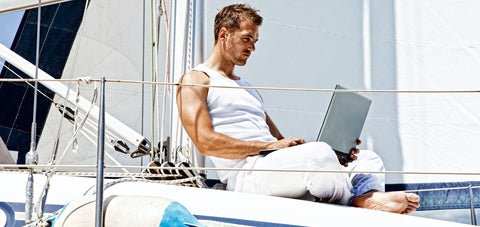Boat Cover Types and Materials

Choosing a boat cover can be confusing given the number of different materials and the different variations of covers. We’ll cover some of the basics that you’re going to see out there.
Custom Vs. Semi-Custom
Most covers that you buy online or in a store are semi-custom. This means provided your RV/Boat/etc. fits within the given size, the cover will fit. It’s akin to buying a suit off the rack. It you’re a 34” waist, the suit pants will fit, but if you have slightly shorter legs, the pants might be a little long.
A custom cover on the other hand is similar to a bespoke, tailored suit. It will be custom cut and molded to your RV/Boat/etc. It will often take a much longer time to receive (often they are manufactured on an “as needed” basis) and, you guessed it, they are much more expensive- upwards of 400% more money.
Woven vs Non-Woven
There’s some fairly intricate differences between woven and non-woven fabrics but at the heart, the main difference is that a woven fabric is generally water-proof whereas a non-woven fabric is not. Non-woven fabrics are also generally less strong than woven fabrics but they do have more breathability.
Fabric types: 150D, 300D, 600D, etc.
You’ll see this repeatedly when shopping for covers. The D refers to denier. Denier refers to the thickness/heaviness of the weave. So a 600D is thicker and heavier than a 150D. It is unlikely that you will see anything higher than 1200 or lower than 150. Unsurprisingly, the higher than denier, the higher the price.
Brand/Trademarked Fabric Names
A couple of the major cover manufacturers have their own brand name fabrics, which often have catchy names like "UltraGuard Fabric". These names are normally simply marketing plays and worse, they make deciphering the true composition of the fabric difficult. Again, this is not to say they are good or bad, it just means that these names will not give you any indication of the composition of the fabric.
Published
Recent Posts
Windlass Problems? Common Issues and How to Fix Them
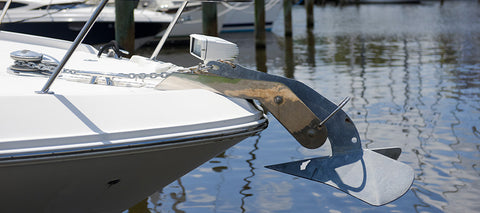
Let's look at common issues with windlasses and how to address them:
1) Windlass Won’t Run in Either Direction
2) Solenoid Clicks, but Windlass Won’t Move
3) Windlass Lacks Power to Haul the Anchor
4) Rode Gets Jammed or Doesn’t Come In
Our history: a 20 year journey
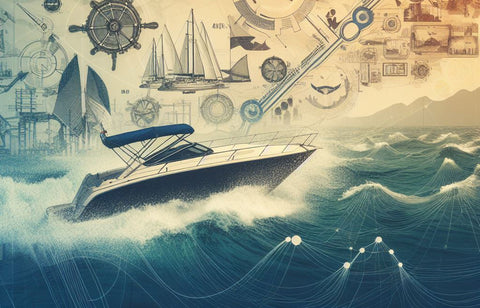
Boat Cleaning Tips for Anglers: Keeping Your Vessel Spotless and Pristine
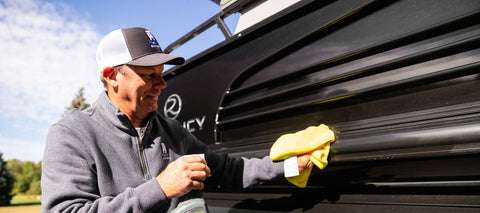
Avast, Ye Mariners! Master the Art of Docking: A Swashbuckling Guide for Boaters
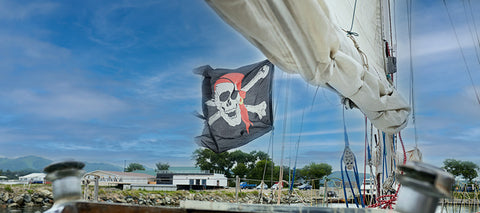
Top Reasons to Keep a Boating Maintenance Log
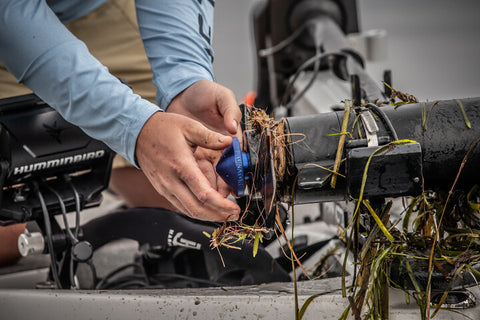
4 Top Tips for Buying a New-to-you Used Boat
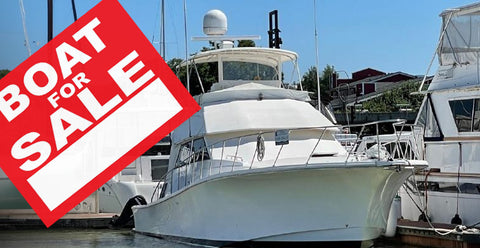
Bent Boat Anchor Shank: Common Causes and Prevention Tips
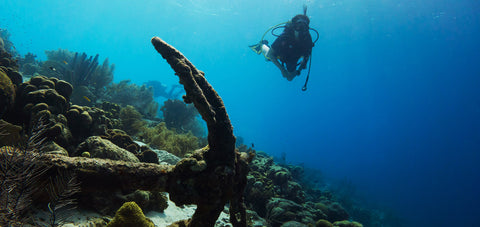
Prepare Your Boat For An Above Average Hurricane Season
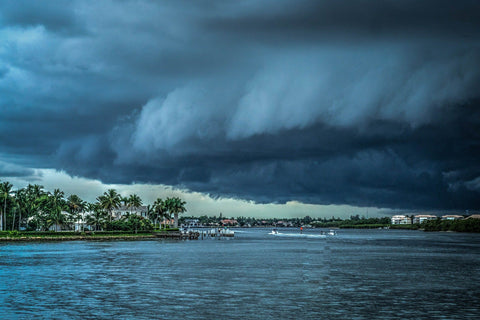
Best Methods For Anchoring Your Jet Ski in Deep or Shallow Water
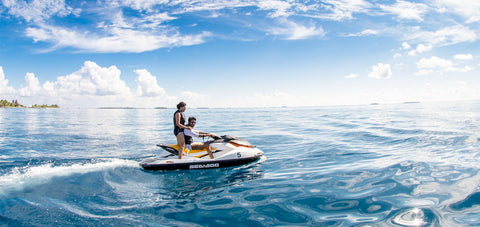
Best Options For Connecting Your Boat To WiFi Internet
